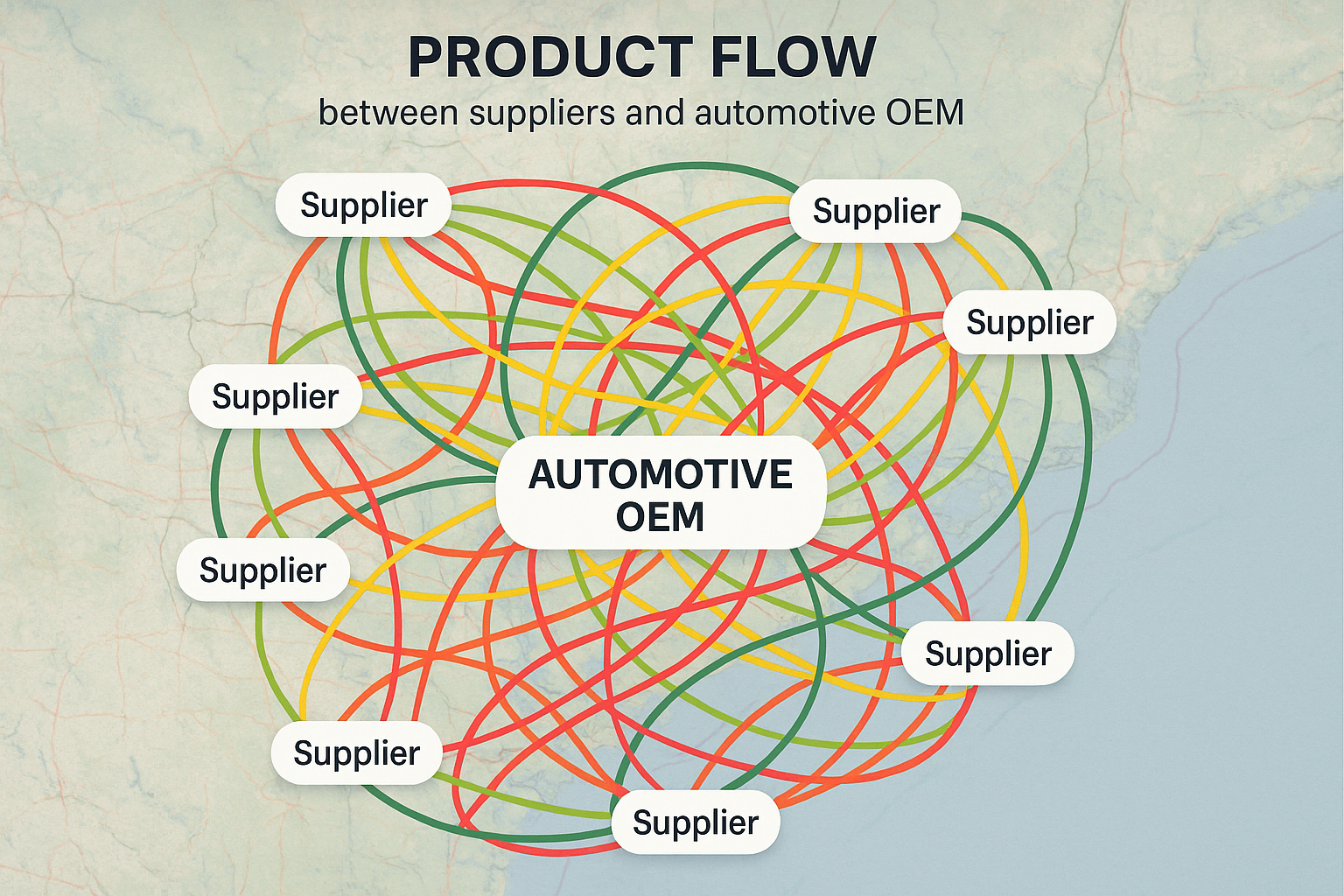 HomeSpotlight™EngineeringDeploymentContactBlog
HomeSpotlight™EngineeringDeploymentContactBlog
One of the most overlooked inefficiencies in logistics operations is dwell time — the period Returnable Transport Packaging (RTPs) spends waiting instead of moving. High dwell time translates into idle inventory, increased turnaround cycles, and lost productivity. This is where RTLS-enabled location intelligence becomes a game-changer.

Dwell time refers to how long RTPs remain in a specific location, such as:
Excessive dwell time leads to:

1. Real-Time Alerts and Notifications
RTLS systems can trigger alerts when RTPs exceed pre-set dwell thresholds, allowing operations teams to act quickly.
2. Historical Heatmaps
Use historical data to identify problem zones where RTPs consistently spend too much time, whether at supplier docks or internal checkpoints.
3. Automated Workflows
Integrate RTLS data into warehouse or transport management systems to automate asset movements, pickups, or inspections.

By using RTLS-generated data, companies can shift from reactive asset management to proactive process optimization. For example:
Reducing dwell time doesn’t just improve asset availability — it helps lower costs, shrink lead times, and increase throughput without increasing fleet size.
Reach out to us at team@lamplightlogistics.com to learn more and be sure to follow our LinkedIn page for future updates.
In Our Next Post: We’ll dive deeper into how RTLS and location intelligence can help companies with financial compliance by delivering asset location in real-time during audits.
